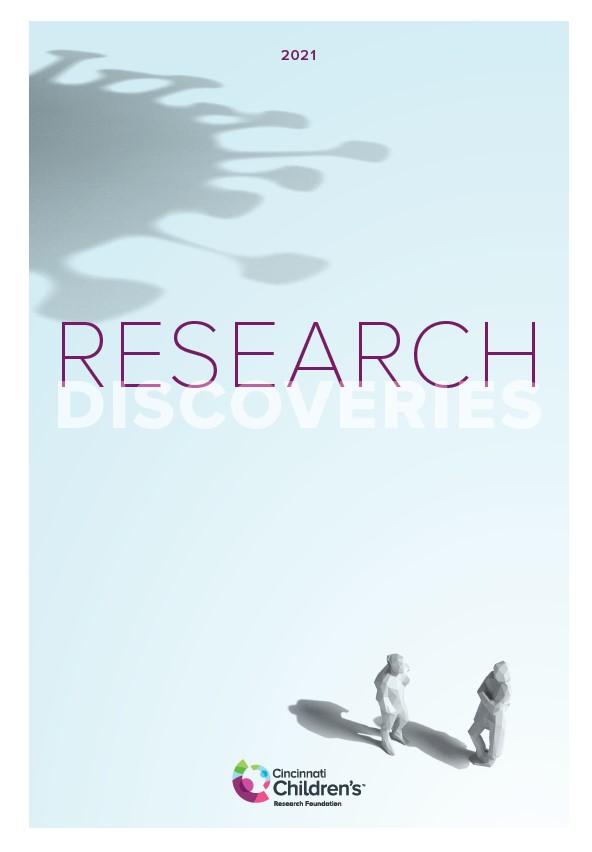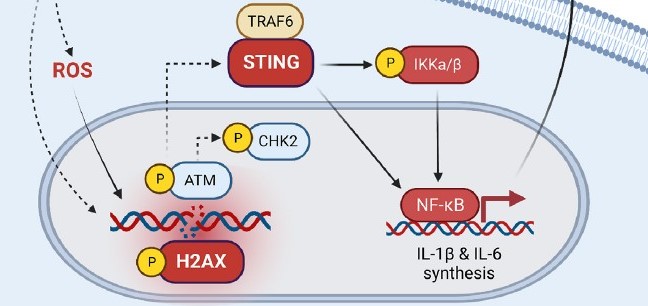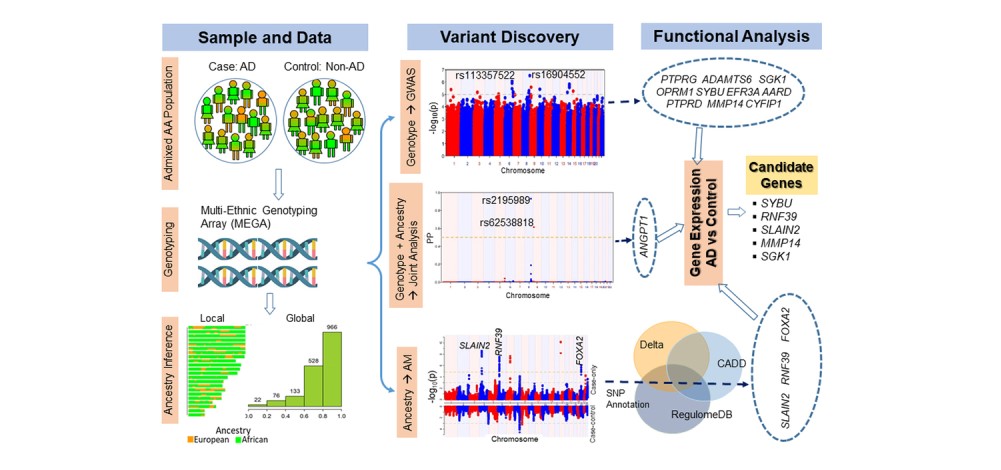Studying the Heart in the Storm
Post Date: May 22, 2022 | Publish Date:

Early in the pandemic, clinicians treating the most seriously affected children began noticing heart inflammation that resembled the cytokine “storms” associated with other conditions like Kawasaki disease and macrophage activation syndrome (MAS).
Kawasaki disease is the leading cause of acquired heart disease in children. If not treated promptly, it can cause coronary artery aneurysms, mitral valve leakage and pericardial effusion. MAS is a rare and more systemic complication of Kawasaki disease that’s more commonly seen among children with systemic juvenile idiopathic arthritis (sJIA).
COVID-19-associated cases came to be labeled multisystem inflammatory syndrome in children (MIS-C). These children presented with persistent fever, abdominal pain, vomiting, diarrhea, skin rashes and lesions, and in severe cases, with hypotension and shock. In addition to heart complications, MIS-C can cause inflammation in the liver, spleen, kidneys, gallbladder, pancreas and intestine.
Enter Grant Schulert, MD, PhD, an expert in sJIA and MAS at Cincinnati Children’s. He and colleagues shifted gears rapidly to respond to the emerging threat. Ultimately, they discovered that tracking the cytokine CXCL9 serves as a useful biomarker to distinguish MIS-C from Kawasaki disease (see Rheumatology story).
“This study was incredibly difficult to do under the conditions of the early pandemic when clinical research was largely shut down,” Schulert says. “We were very lucky that we had launched this study for patients with Kawasaki disease prior to 2020, so were able to adapt our already approved protocol to study these MIS-C patients. Even so, completing the work wouldn’t have been possible without the efforts of our Rheumatology clinical fellows who diagnosed the first MIS-C patients at Cincinnati Children’s and ensured we collected information needed to do this study.”
Even as the team pursued this important biomarker, experts found themselves battling waves of misinformation about MIS-C. Repeatedly, Schulert, Hector Wong, MD, Patty Manning, MD, and others were called upon to clarify that the MIS-C risks from COVID-19 itself far outweighed the risk of developing MIS-C as a reaction to the vaccine.
Meanwhile, the widespread fear of MIS-C left experts in hospital medicine wrestling with the risks of over-testing children to avoid missing the hard-to-diagnose condition. Matthew Molloy, MD, MPH, Karen Jerardi, MD, MEd, and Trisha Marshall, MD, MSc later described in Hospital Pediatrics how Cincinnati Children’s shifted to a tiered diagnostic approach to reduce over-testing.
Still to be determined: the long-term impact of inflammatory damage caused to infected children. “With increasing numbers of positive children associated with the arrival of the Omicron variant, comes the risk of more children developing complications from COVID, MIS-C and long COVID issues,” Manning says.
Related Posts:
Cincinnati Children’s Plays Central Role in COVID-19 Vaccine Clinical Trials
Mitigating the Mental Health Burden of COVID-19
Contributing to COVID Knowledge
One Does Not Simply…Shut Down Science
Studying the Heart in the Storm
Pandemic Prompts Dash to Build Dashboards
Exploring Intersections Between COVID-19 and Co-Morbidities
Balancing COVID Safety and Learning Needs
Anderson Center Team RACEs to Respond to COVID

Explore the full 2021 Research Annual Report
50+ Discoveries and Innovations (Select Research Area, Click “Featured Research”)
By-the-Numbers Section Breaks Down $270M+ in Funding
Learn About Science Careers and Student Opportunities
Find Out How You Can Support Research at Cincinnati Children’s





